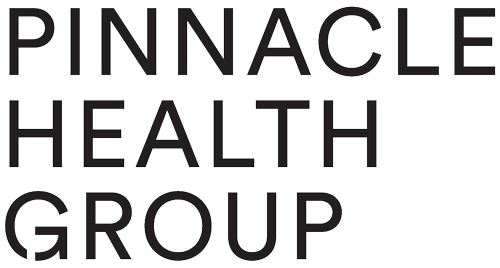It is common knowledge that Podiatry is the study of the foot, but there is still a lot of mystery around what kinds of injuries are commonly treated by podiatry. The most common facets to podiatry include:
Biomechanical or Sports Injuries
There are usually many key factors involved when you have acquired an injury, one being poor foot and lower limb biomechanics. It can encourage soreness not only intrinsic (inside) to the foot – such as heel, arch and forefoot pain – but also soreness extrinsically (outside) to the foot – ankle, Achilles, shin, knee, hip and back pain. The treadmill is a key tool used in the Podiatry clinic to analyse your gait, which can help establish if poor biomechanics can be related to the injury. Once you have received your diagnosis, common treatments used include strapping, offloading devices, orthotics, changes to footwear etc.
Diabetes Patients
Diabetes has been described as the “lifestyle disease”, and continues to increase in prevalence within the Australian population. In regards to the feet, diabetes encourages progressive changes to both the peripheral vascular (blood) and neuropathic (nerve) systems, which impairs the body’s natural healing cascade. A diabetes assessment will give baseline results to determine your foot health and if treatment is needed, and subsequent visits will gauge any changes to these systems along the way.
Paediatrics or Children’s Feet
Children’s feet are treated differently to adults as the bones, joints and muscles have not fully developed. It is common to hear parents expressing concern regarding their child’s gait patterns, whereby they have noticed complaints such as heel or knee pain, regular tripping or irregular shoe wear. An assessment will establish if the child’s development is within normal limits and if intervention is indicated.
Studies have shown that through a distinct increase in activity load particularly leading into the summer months, there is a 70% increase in the risk of injury, especially in high loading areas such as the feet, shins, knees and hips. With respect to this, the feet and in particular your gait and biomechanics play a significant role in the loading phase when we walk or run.
A biomechanical abnormality can significantly increase the extra loading stress on tissues and joints walking, even before we begin increasing the stress, particularly in running. Forces within the foot and lower limb increase by up to four times your body weight when we commence running, and if your gait pattern or the anatomical alignment of your feet and lower limb is unstable, this has the potential for injury.
At Pinnacle Health Group, we are determined to offer a first class service with regards to all aspects of foot health. Our Podiatrists have the expertise in all things anatomical and biomechanical when it comes to walking, running and any ailments arising from to footwear. Book your Podiatry consultation and visit us at our centrally located clinics, on Flinders Street in the CBD or on Collins Street in Docklands.
Tim Deveson – Podiatrist
